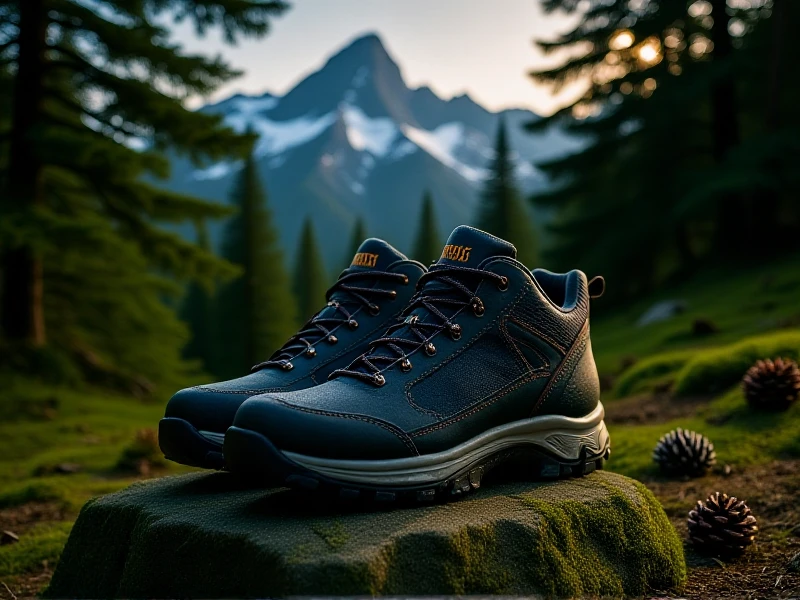
Finding Your Perfect Match: The Ultimate Guide to Choosing Hiking Boots
Here is an SEO-optimized article about hiking boots:
Finding the right hiking boots can transform your outdoor adventures from painful slogs into joyful explorations. Your feet are your vehicle on the trail, and the hiking boots you wear are their essential protection and support. With countless options available, selecting the ideal pair requires understanding key factors.
The most critical element is fit. Boots that are too loose cause blisters; too tight leads to numbness. Always try boots on in the afternoon when feet are naturally swollen, wear hiking socks, and ensure ample toe room (about a thumb's width). Walk extensively around the store, testing inclines and declines. Don't expect significant "break-in" time – modern boots should feel comfortable immediately.
Next, consider terrain and weight. For well-maintained trails and light loads, flexible hiking boots or trail runners offer agility and breathability. Rugged, rocky trails and heavy backpacks demand sturdy, ankle-supporting boots with rigid midsoles for stability and protection. Multi-day treks typically require full-grain leather or advanced synthetic boots for durability and maximum support.
Traction is non-negotiable. Seek aggressive, multi-directional lugs on the outsole made from sticky Vibram® rubber or similar high-quality compounds. This grips loose dirt, wet rocks, and muddy slopes securely. Check the upper materials: leather (full-grain for durability, nubuck/split-grain for lighter weight) offers great protection, while synthetics provide quicker drying and less weight. Many boots blend materials for optimal performance.
Weather protection defines boot types:
- Low-Cut: Lightweight, breathable, ideal for day hikes in fair weather.
- Mid-Cut: Ankle support, versatility, better debris blockage. Excellent all-round choice.
- High-Cut: Maximum ankle support/stability, essential for heavy loads or unstable terrain.
- Waterproof (e.g., Gore-Tex®): Essential for wet conditions, marshes, or snow. Inherently less breathable.
Don't forget maintenance! Clean your hiking boots after every trip with a soft brush and mild soap. Allow them to dry naturally, away from direct heat. Periodically treat leather uppers with conditioner to prevent drying and cracking. Inspect laces and outsoles for wear.
Investing time in finding your perfect hiking boots pays dividends in comfort, safety, and pure trail enjoyment. Properly fitted, terrain-appropriate boots empower you to hike further, explore more challenging paths, and return home with only happy memories – no painful blisters or twisted ankles. Step confidently with the right foundation for your feet.